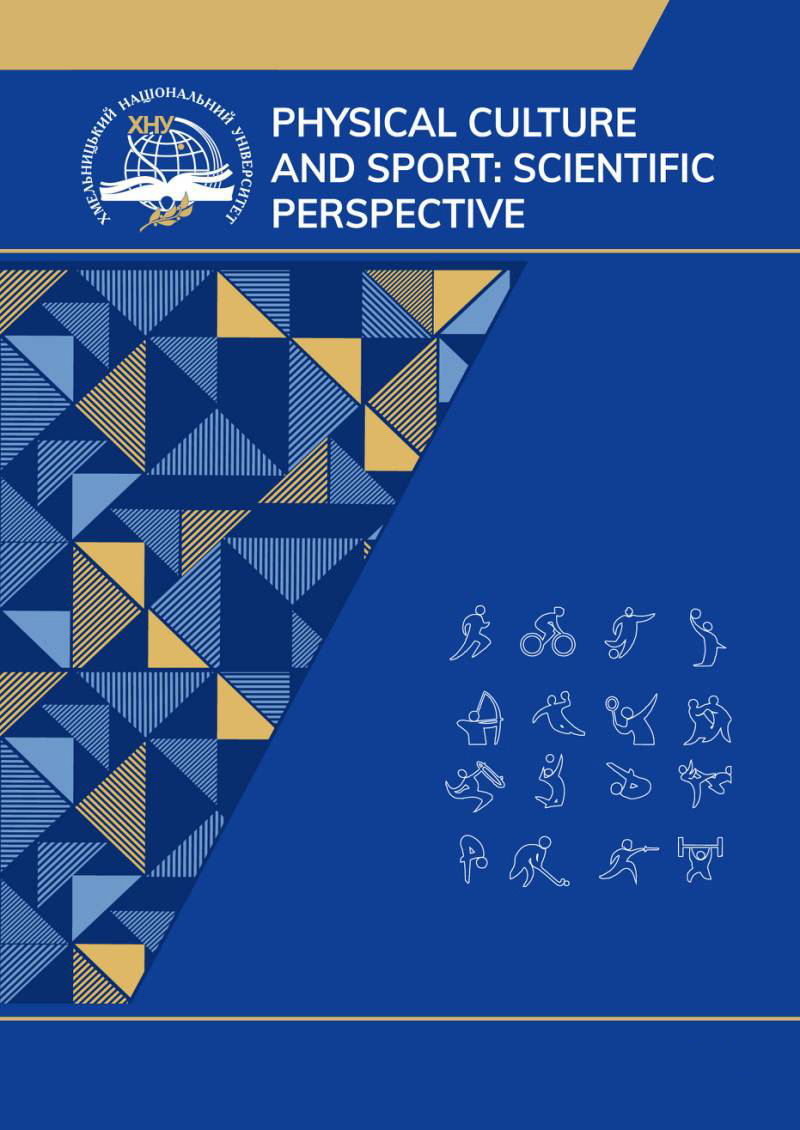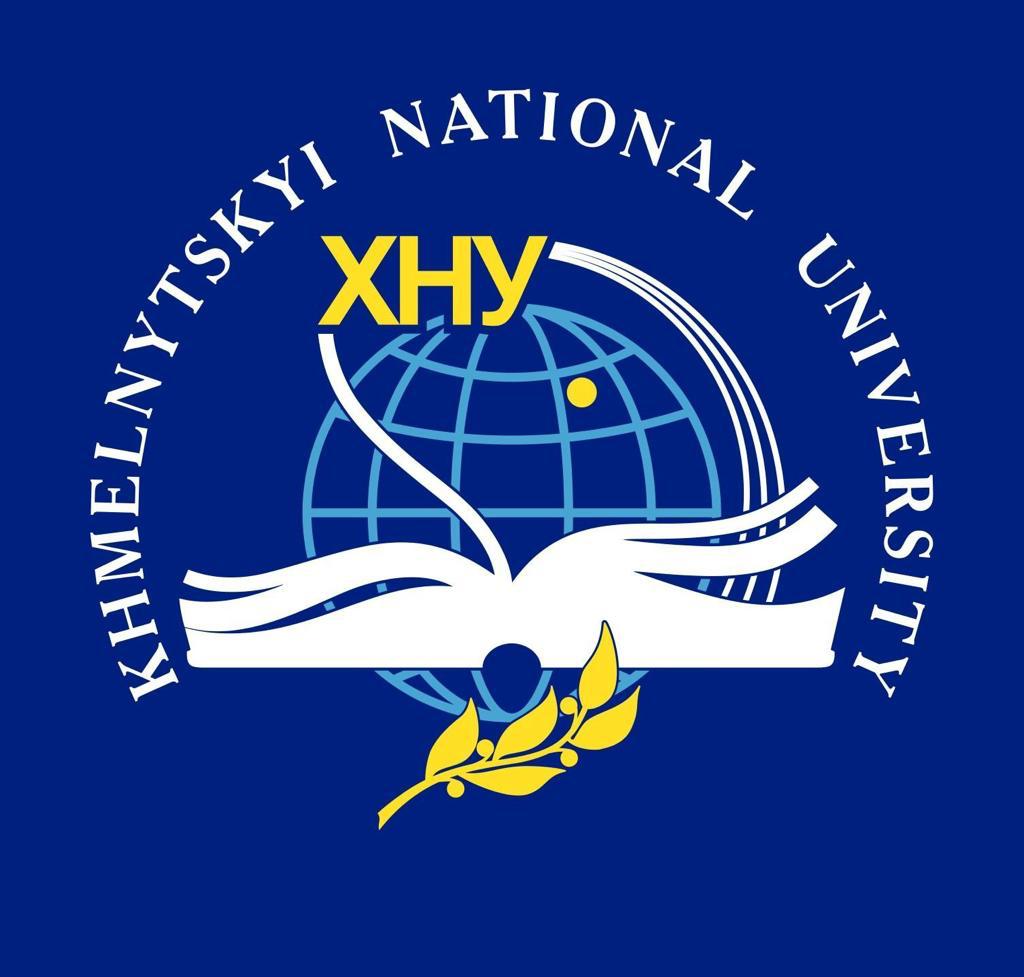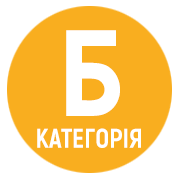ANALYSIS OF SWIMMING FITNESS OF 8-9 YEAR OLD CHILDREN
DOI:
https://doi.org/10.31891/pcs.2024.4.31Keywords:
swimming, fitness, swimmers, training, children 8-9 years old, meansAbstract
The use of swimming in physical education of primary school children is a powerful health factor, due to which it is possible not only to increase the level of physical health of children, but also to achieve the desired effect in improving their swimming fitness in a short period of time. The purpose of the study is to determine the level of swimming fitness of children 8-9 years old. Research methods. The work used methods of the theoretical level of research: analysis, comparison, induction, deduction, systematization and generalization of scientific and methodological literature, pedagogical testing, methods of mathematical statistics. The level of swimming fitness of children 7-9 years old was determined using selected 15 test tasks, which differed in complexity and were performed consistently by children. In case of refusal by the child or inability to perform the test task, 0 points were awarded; if the child partially performed it with the help of a trainer or support device, 1 point was awarded; if the child partially performed it, but independently - 2 points; if the child could fully complete the test task independently - 3 points. The maximum possible number of points that a child could receive for the test tasks was 15 points. According to the results of the testing, it was found that a low level of swimming fitness was observed in 74% of boys (the number of points scored was in the range from 0 to 15), an average level - 24% (the number of points scored was in the range from 16 to 30), a high level - 2% (the number of points scored was in the range from 31 to 45) of the subjects. The average swimming fitness index of boys was 15.95±1.29 points. Analysis of the study results allowed us to determine that in girls the average value of swimming fitness at the ascertaining stage was 15.82±1.22 points and belonged to the low level; a high level of swimming fitness index could not be achieved. The obtained data on children's swimming fitness indicate the need to improve and implement innovative approaches to the process of swimming training for faster mastery of swimming skills, as well as to improve the health and physical fitness of children.
References
Bohuslavska, V., Glukhov, I., Drobot, K., & Pityn, M. (2020). Udoskonalennia teoretychnoi pidhotovlenosti sportsmeniv-pochatkivtsiv u tsyklichnykh vyidakh sportu [Improvement of theoretical training of beginner athletes in cyclic sports]. Sportyvna nauka ta zdorovia liudyny, 1(3), 4–14. [in Ukrainian]
Bohuslavska, V. Yu. (2016). Zmist teoretychnoi pidhotovky sportsmeniv u plavanni [The content of theoretical training of athletes in swimming]. In V. M. Kostiukevych (Ed.), Fizychna kultura, sport ta zdorovia natsii: zbirnyk naukovykh prats (Vol. 2, pp. 119–123). Zhytomyr: FOP Yevenok O. O. [in Ukrainian]
Buzhyna, I. V., Dikalova, O. O. & Hrychyk, D. V. (2013). Vykorystannia ihrovoho metodu pry pochatkovomu navchanni plavanniu [Using the game method in the initial training of swimming]. Visnyk Chernihivskoho natsionalnoho pedahohichnoho universytetu. Seriia : Pedahohichni nauky. Fizychne vykhovannia ta sport, Vyp. 112 (3),105–107. [in Ukrainian]
Kalynychenko, I. A., Kolesnyk, A. S. & Shchapova, A. Yu. (2020). Stan zdorovia ditei 6–10 rokiv u dynamitsi navchannia u pochatkovii shkoli [The state of health of children aged 6-10 in the dynamics of learning in primary school]. Ukrainskyi zhurnal medytsyny, biolohii ta sportu, T. 5, № 1 (23), 250–255. [in Ukrainian]
Kopylov, P. I. (2016). Analiz metodyk zdoroviaformuvalnoho navchannia plavannia molodshykh shkoliariv [Analysis of methods of health-promoting swimming training of junior schoolchildren]. Naukovyi chasopys Natsionalnoho pedahohichnoho universytetu imeni MP Drahomanova. Seriia 15: Naukovo-pedahohichni problemy fizychnoi kultury (fizychna kultura i sport), №. 10, 55–57. [in Ukrainian]
Geiger K. R., Henschke N. (2015). Swimming for children and adolescents with asthma. Br J Sports Med., Vol. 49 (12), 835–836.
Moreno, M. A., Furtner, F. & Rivara, F. P. (2009). Water safety and swimming lessons for children. Arch Pediatr Adolesc Med. Vol. 163(3), 288–291.
Pan C. Y. (2010). Effects of water exercise swimming program on aquatic skills and social behaviors in children with autism spectrum disorders. Autism, Vol.14 (1), 9-28.
Downloads
Published
How to Cite
Issue
Section
License
Copyright (c) 2024 Валентина ТОДОРОВА, Борис ДОЛИНСЬКИЙ, Наталія БАШАВЕЦЬ, Валентина КОЛЬЧАК

This work is licensed under a Creative Commons Attribution 4.0 International License.





